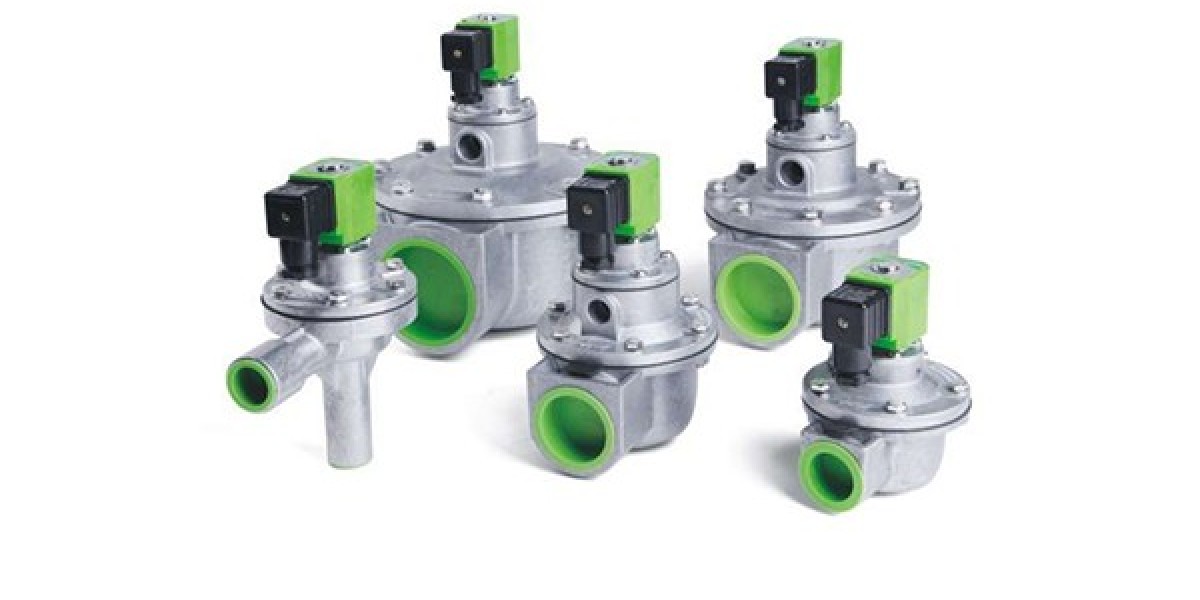The Seventh Generation Pulse Controller is widely applied in dust removal at the top and bottom of silos, belt conveyors and local dust sources in industrial and mining enterprises such as mining, electric furnace smelting, mechanical manufacturing, chemical products, cement and building materials, and grain processing. It has the advantages of small volume, large air processing capacity, compact structure and convenient use. The structure mainly consists of a fan, a box body, a ash discharge device, a control system, etc., all of which are placed in a box body made of circular steel plates welded together. It is baked with anti-rust paint, has a beautiful appearance, a scientific structure, and is convenient and reliable to operate. The lower part of this unit is directly connected to the silo roof, material storage bin, belt conveyor and other dust-raising equipment with a flange for on-site dust removal, and the dust is directly recovered.
The dusty gas enters the box through the air inlet. The purified gas filtered by the filter bag is directly discharged after being sucked in by the fan. As the filtration time increases, more and more dust accumulates on the filter bags, increasing the resistance of the filter bags and causing the processing air volume to gradually decrease. To ensure normal operation, it is necessary to control the resistance within a certain range and clean the filter bags. During the cleaning process, the pulse control instrument triggers each control valve in sequence to open the pulse valve. The compressed air in the air tank is instantaneously discharged through the pulse valve to each hole of the blow pipe and enters the filter bags. The filter bag expands rapidly in an instant, causing the dust accumulated on its surface to fall off and allowing the filter bag to be regenerated. The dust that has been cleared and the ash hopper are discharged through the ash discharge valve. This enables the dust accumulated on the filter bags to be periodically pulse-blown and cleaned, allowing the purified gas to pass through normally and ensuring the operation of the dust removal system.
The dust removal efficiency of The Seventh Generation Pulse Controller is inseparable from its dust removal mechanism. When the dusty gas enters the ash hopper through the lower intake pipe of the dust collector and the deflector plate, due to the collision of the deflector plate and the reduction of gas velocity, coarse dust particles will fall into the ash hopper. The remaining fine dust particles will enter the filter bag chamber with the gas. Due to the inertia, diffusion, blocking, hooking, static electricity and other effects of the filter material fibers and fabrics, the dust is retained in the filter bags. The purified gas escapes out of the bag and is discharged through the exhaust pipe. The accumulated dust on the filter bags is removed by gas backwashing. The dust cleaned off falls into the ash hopper and is discharged to the ash conveying device through the double-layer ash discharge valve. The accumulated dust on the filter bags can also be removed by the method of pulse jet flow, thereby achieving the purpose of dust cleaning. The dust cleaned off is discharged by the ash discharge device. The high dust removal efficiency of bag-type dust collectors is also inseparable from the filter material. The performance and quality of the filter material directly affect the performance and service life of the bag-type dust collector. The filter material is the main material for making filter bags. Its performance and quality are the driving force for the advancement of bag-type dust removal technology, influencing its application scope and service life.
Filter-type dust removal devices include bag-type dust collectors and granular layer dust collectors. The former usually uses filter bags made of organic fibers or inorganic fiber fabrics as the filter layer, while the latter's filter layer is mostly composed of particles of different sizes, such as quartz sand, river sand, ceramsite, slag, etc. As the powder repeatedly adheres to the outer surface of the filter bag, the powder layer keeps thickening, and the resistance value of the bag filter also increases accordingly. The diaphragm of the pulse valve issues a command. When the left and right are submerged, the pulse valve opens, and the compressed air in the high-pressure air tank is circulated. If there is no dust or the dust is reduced to a certain extent, the mechanical dust cleaning work will stop working.
The Seventh Generation Pulse Controller has a high dust removal efficiency and can achieve a very high dust efficiency. It is not suitable for purifying dusty gas containing oil mist, condensate and dust, as well as smoke with explosion hazards or sparks. The single-piece dust collector is a kind of dry dust collector. It uses multi-hole bag filter elements to filter dust, with a dust removal efficiency as high as ~, strong adaptability, flexible use, simple structure, stable operation, easy dust recovery, and simple maintenance, etc.
The Seventh Generation Pulse Controller https://www.cnsbfec.com/DMK-7CS-Seventh-Generation-Pulse-Controller.html






